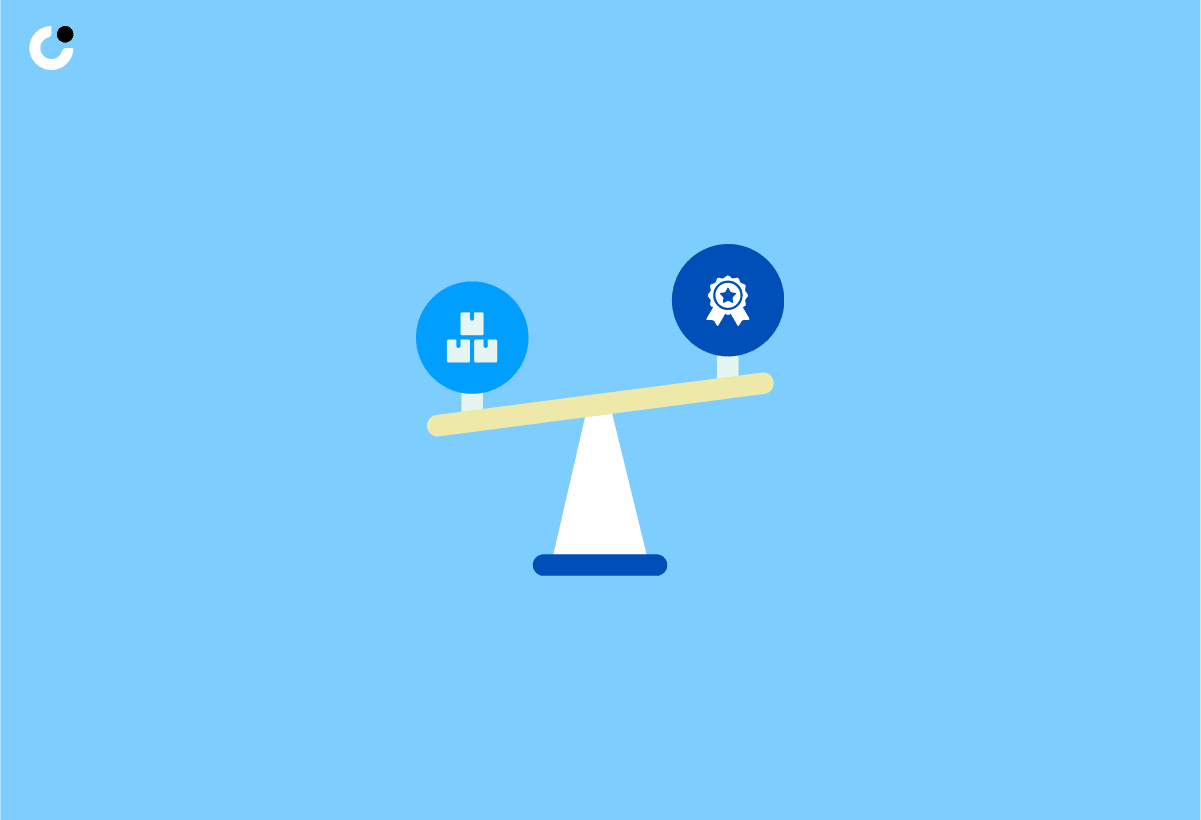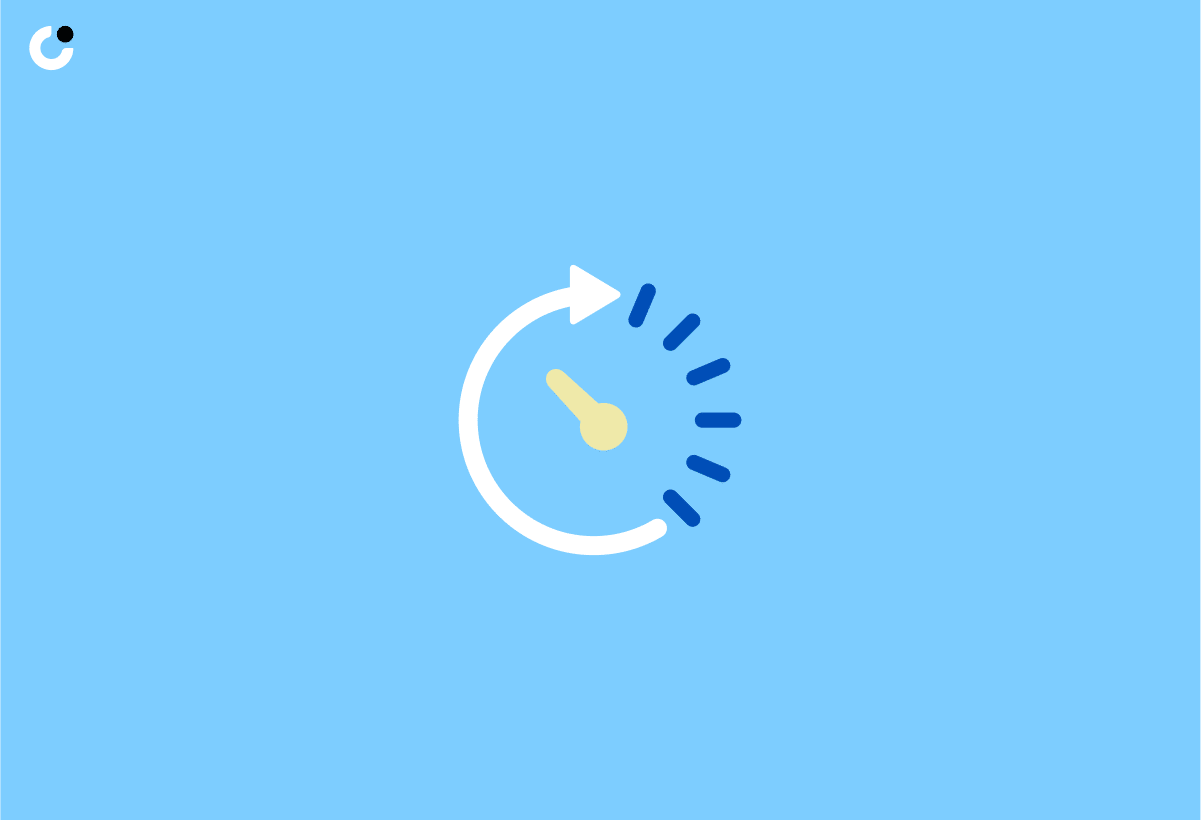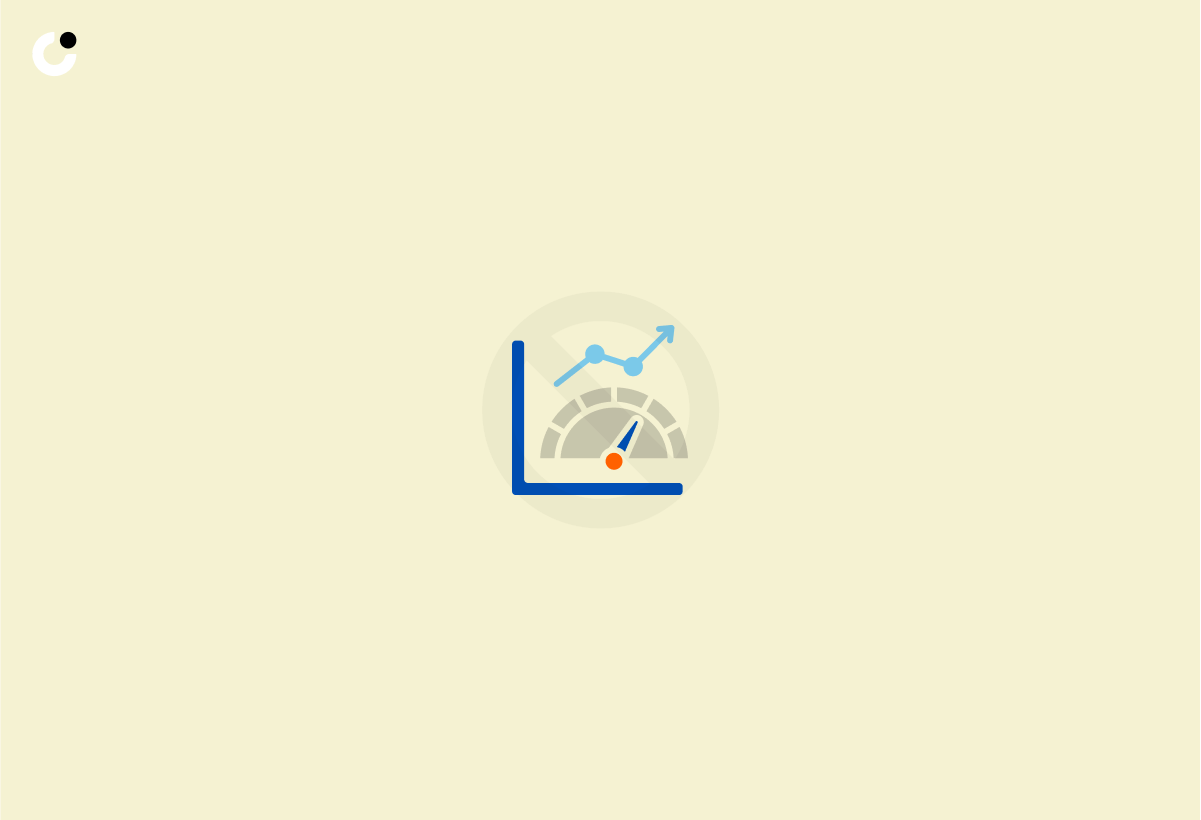Are you struggling to achieve the desired results from your cold email campaigns? Mastering the art of cold email frequency is crucial for maximizing your outreach success. In this blog post, we’ll dive deep into strategies and best practices to help you find the perfect balance between sending enough emails to achieve your goals and not overwhelming your recipients. Get ready to unlock the secrets to better open rates, engagement, and conversions in your cold email campaigns.
Key Takeaways
- Optimizing cold email frequency is essential for successful campaigns, requiring a balance of quantity and quality while avoiding spam triggers.
- Researching target audience needs and industry standards, A/B testing content & sending times, leveraging automation tools & personalization techniques are key to determining optimal frequency.
- Common mistakes include overloading recipients with emails and ignoring performance metrics. These should be avoided in order to maximize engagement rates.
The Importance of Cold Email Frequency

In the realm of cold emailing, the frequency of your campaign could be its downfall or its triumph. Balancing the volume of emails to attain your goals without inundating recipients is key to optimizing open rates and conversions, all while preserving a positive brand reputation.
The frequency of your emails not only influences your open rates, but it also significantly contributes to evading spam filters. Sending too many unsolicited emails can cause your messages to be flagged as spam or blocked by email service providers, ultimately hurting your campaign’s performance.
Balancing Quantity and Quality

In cold email marketing campaigns, quality doesn’t compromise quantity. Sending enough emails to reach your target audience is important, but equally vital is crafting each message with care to provide value to the recipient.
Here are some tips to improve your cold email marketing campaigns:
Use a professional email address with your name.
Craft a well-crafted subject line that grabs attention.
Set up a secure email system to protect your data and build trust with recipients.
Learn how to send a cold email effectively to increase your chances of success.
By following these tips, you can significantly improve your open rates and increase the effectiveness of your cold email marketing campaigns.
A successful cold outreach strategy typically includes 4-10 points of contact per campaign, spaced out every 2-5 days. This allows you to maintain a consistent presence in your recipients’ inbox without overwhelming them with too many emails.
Avoiding Spam Triggers

A major hurdle in cold email campaigns is making sure your messages are received by the intended audience. Understanding and steering clear of common spam triggers is key to prevent your emails from being flagged as spam or blocked by email service providers.
Frequent spam triggers in cold emails can include:
Words and phrases associated with spam
Excessive exclamation marks or capital letters
Too many links or attachments
Poorly structured or overly promotional subject lines
By being mindful of these triggers and crafting your emails accordingly, you can improve your chances of bypassing spam filters and reaching your target audience.
Factors Influencing Cold Email Frequency

Establishing the best cold email frequency doesn’t follow a uniform approach. It necessitates the consideration of various factors, like your target audience, industry standards, and campaign objectives.
In the following sections, we’ll explore these factors in detail and provide insights into how you can use this information to fine-tune your cold email strategy.
Target Audience

Grasping your target audience is fundamental to customizing your cold email frequency for enhanced engagement and response rates. By researching their preferences, habits, and expectations, you can determine when they are most likely to read and engage with your emails.
Data suggests that email campaigns are opened most often within the 9 a.m. and 3 p.m. window. Of those, 34.9% open before noon. By sending your cold emails during these peak hours, you can increase the likelihood of them being opened and read.
It’s also important to consider time zones and segment your email list accordingly, as many businesses serve customers across the globe.
Industry Standards

Industry norms and best practices can shed light on the most effective cold email frequency for your particular niche or market. While the average open rate across all industries is approximately 24%, there might be differences depending on your particular industry or niche.
For instance, top-performing companies in the eCommerce industry generally send cold emails 2-4 times monthly, with some opting for a single monthly send. By understanding industry benchmarks and tailoring your email frequency accordingly, you can improve your cold email campaign’s success, especially when sending cold sales emails.
Campaign Goals

Establishing clear campaign objectives is pivotal to ascertain the suitable cold email frequency. Different goals may necessitate different frequencies, such as generating new leads, increasing brand awareness, or building relationships with potential clients at high-value accounts.
For example, if the aim is to increase brand recognition and remain in customers’ minds, sending one email per week or every two weeks could be beneficial. Conversely, if the goal is to prompt immediate reactions or conversions, a higher frequency of emails may be required.
By aligning your cold email frequency with your campaign goals, you can optimize your strategy for better results.
Best Practices for Determining Cold Email Frequency

Having examined the factors that impact cold email frequency, we are now set to explore best practices to identify the prime sending frequency for your campaigns.
In the following sections, we’ll discuss research and analysis, A/B testing, and monitoring and adjusting your strategy based on performance metrics.
Research and Analysis

Carrying out research and analysis on your target audience, industry, and competitors may assist you in pinpointing the most effective cold email frequency for your campaigns. This can include:
Conducting surveys and interviews
Researching publicly available sources
Prospecting and list building
Personalization
Data analysis
By gaining insights into your target audience’s behavior, industry standards, and competitor practices, you can tailor your cold email frequency for improved interaction and response rates. This will ultimately lead to a more successful and efficient cold email campaign.
A/B Testing

A/B testing of various sending frequencies can yield valuable insights into what resonates best with your specific audience and aligns with your campaign objectives. Subject lines, email content, and sending times are all suitable elements for A/B testing in cold email campaigns.
For instance, you can test sending cold emails on different days of the week or at different times of the day to determine when your audience is most likely to engage with your emails. By utilizing A/B testing, you can fine-tune your cold email frequency and optimize your strategy for better results.
Monitoring and Adjusting

Consistent monitoring and adjusting your cold email frequency based on performance metrics is vital for honing your strategy. By tracking key metrics such as open rates, click-through rates, and conversion rates, you can identify areas for improvement and make data-driven decisions to enhance your campaign’s success.
It’s essential to be flexible and willing to adjust your cold email frequency if you notice any red flags, such as low open rates, high unsubscribe rates, or negative feedback. By consistently evaluating and modifying your strategy, you can maximize the efficiency of your cold email outreach efforts.
Leveraging Automation and Personalization Tools

Utilizing automation and personalization tools can notably boost your management of cold email frequency. These tools not only save time and effort but also improve engagement and response rates.
In the following sections, we’ll explore the benefits of using email marketing platforms and personalization techniques to optimize your cold email campaigns.
Email Marketing Platforms

Email marketing platforms, such as Woodpecker, Mailshake, and SendinBlue, can help automate the sending of cold emails at the optimal frequency, freeing up time and resources for other tasks. These platforms offer a range of features, including segmentation, automation, CRM tools, and mobile-friendly emails, making them a comprehensive and efficient solution for businesses of all sizes.
By leveraging the power of email marketing platforms, you can ensure that your cold emails are sent at the right time and frequency, leading to better engagement rates and a higher likelihood of achieving your campaign goals.
Personalization Techniques

Personalization techniques can enhance the effectiveness of your cold emails, making them more likely to be opened and interacted with. By using the recipient’s name, referencing their interests, or demonstrating that you have taken the time to research and understand their business, you can establish a connection and increase the chances of a favorable response.
Research has shown that personalized subject lines can result in a 50% increase in open rates, while personalized emails can increase open rates by up to 29% and response rates as well. Incorporating personalization techniques into your cold email strategy can significantly enhance engagement and overall campaign success.
Managing Follow-up Emails

Follow-up emails serve a pivotal role in preserving a positive relationship with your recipients and boosting the chances of meeting your campaign objectives, especially when phone calls may not be feasible or preferred.
In the following sections, we’ll explore best practices for timing follow-ups and balancing persistence with respect.
Timing Follow-ups

Proper timing of follow-ups can prevent your emails from being perceived as intrusive or bothersome, while still keeping your brand present in the recipients’ minds. For optimal results, follow-up emails in a cold email campaign should be sent between 7-8 am PST on Tuesdays and Thursdays, and 8:00 am to 12:00 pm. Sunday afternoons can also be effective; however, Mondays and Fridays should be avoided.
It is generally suggested to wait a minimum of two days between the initial and follow-up contact in a cold email campaign. By timing your follow-up emails strategically, you can increase the likelihood of engagement and achieve better response rates.
Balancing Persistence and Respect

Maintaining a balance between persistence and respect in your follow-up emails is crucial to preserving a positive brand image and not alienating potential leads or customers. While it’s important to stay persistent in your outreach efforts, it’s equally crucial not to come across as pushy or aggressive.
One approach to striking the right balance is to provide additional value in each follow-up email, such as new information, insights, or resources related to the recipient’s interests. By focusing on delivering value and respecting your recipients’ preferences, you can maintain a positive relationship while increasing the chances of achieving your campaign goals.
Common Cold Email Frequency Mistakes to Avoid

Having covered the best practices for cold email frequency, let’s delve into some common pitfalls to steer clear of.
Overloading recipients with too many emails and ignoring performance metrics can hinder your campaign’s success and lead to unfavorable outcomes.
Overloading Recipients

Inundating recipients with an excess of emails can result in lower open rates, more unsubscribes, and a tarnished brand image. The unsubscribe rate associated with sending too many cold emails is typically around 0.2%. To avoid overwhelming your recipients, it’s essential to find the right balance between connecting with potential leads and not overloading them with too many emails.
Instead of bombarding your recipients with a high volume of cold emails, consider using a multichannel prospecting approach, which can improve response rates by reaching leads on the platform that works best for them.
Ignoring Performance Metrics

Neglecting performance metrics like open rates and click-through rates can impede your ability to identify areas of improvement and fine-tune your cold email frequency for superior results. By tracking key metrics, you can gain valuable insights into the effectiveness of your campaign and make data-driven decisions to enhance its success.
If you notice any red flags, such as low open rates or high unsubscribe rates, it’s important to take action and adjust your cold email frequency accordingly. By paying close attention to performance metrics, you can optimize your cold email strategy for better results.
Summary
In conclusion, mastering cold email frequency is crucial for successful outreach campaigns. By understanding the importance of cold email frequency, considering factors such as your target audience, industry standards, and campaign goals, and leveraging best practices like research, analysis, A/B testing, and monitoring performance metrics, you can optimize your strategy for better open rates, engagement, and conversions. Don’t let cold email frequency hold your campaigns back – implement these insights and watch your results soar.
Frequently Asked Questions
What is a typical cold email response rate?
The average cold email response rate is 7%, with an average open rate of 36%. You can get double these results if you know what you're doing.
What are the best days and times to send cold emails?
For the best results, Tuesdays during regular business hours are suggested. However, be sure to keep the recipient's time zone and schedule in mind.
How can I avoid spam triggers in my cold emails?
To avoid spam triggers, craft your emails professionally and avoid words associated with spam, excessive exclamation marks or capital letters, too many links or attachments, and overly promotional subject lines.
What is the recommended number of follow-up emails in a cold email campaign?
It is recommended to send between 3 and 7 follow-up emails in a cold email campaign.

